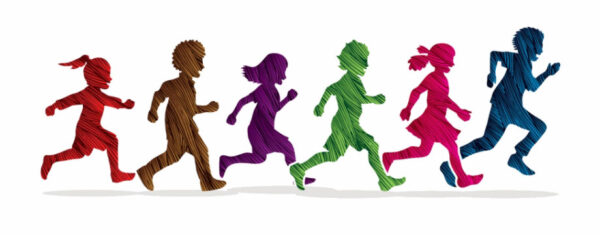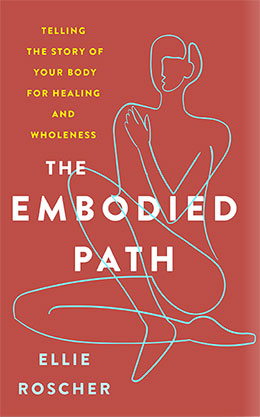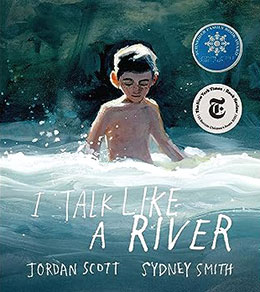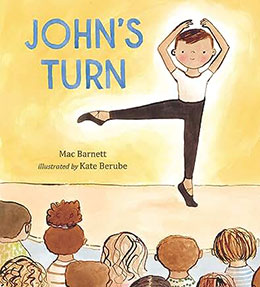
Introduction — Ellie: My kindergartener came home in the fall, after going to school for about a month, and referred to one of his classmates as “the bully.” I paused. That’s a strong term to use to describe a five-year-old. I asked my child some curious questions, and he told me that this classmate had several outbursts a day, which often included being overly rough with classmates, and that he spent a good deal of time under a table in the classroom refusing to come out. My child avoided him. When I volunteered in the classroom, this child had an adult with him all day, and he still struggled to stay peaceful with his body. The kids cowered around him. The teacher and I talked about how hard the situation was. It was clearly not the child’s fault, he learned and took on the behavior for a reason, and his presence in the classroom took a lot of energy to keep the culture peaceful and the kids safe.
Kids are inherently embodied. Then, somewhere along the way, hard things happen to their bodies, and they build up an armor of protection to keep themselves safe. Their bodies change, which can be confusing. They see a certain type of body centered as the ideal, and maybe they see that theirs must live up to the nearly impossible standard. They might not feel like enough. And there’s this: Our society will continually invite them to live in their minds.
When we build peace with kids, it helps to be explicit about our bodies as tools for peace. We can model, teach, and practice embodiment tools with kids that support a peaceful and regulated nervous system, so they are capable of being brave and kind. Picture books are one tool to invite our children to stay embodied and make peace in their bodies so they can bring a peaceful body to their communities.
Helping Children Find Peace in their Bodies—
Picture Books Can Inspire
Caren: In Ellie’s latest insightful book, The Embodied Path: Telling the Story of Your Body for Healing and Wholeness, she writes, “Weaving the story of my body into my being helps me integrate more fully into my body, inhabit, my body, and live an embodied life.” Can we help children accept and trust their bodies to guide them to inner peace? Two picture books can open the way for discussion: I Talk Like a River and John’s Turn.
I Talk Like a River by Jordan Scott, illustrated by Sydney Smith offers a sensitive, poetic story about a young boy who finds a pathway to accepting his stutter. Written in first person, we first meet the boy in the morning as he listens to sounds all around him. He’s frustrated. He knows repeating the sounds out loud will feel like they are stuck in his mouth. At school, the boy hides in the back of the classroom. When he tries to talk, his classmates turn and stare. “All they see is how strange my face looks and that I can’t hide how scared I am.”
“It’s just a bad speech day,” the boy’s father tells his son when he picks the boy up from school. Together, they head to the river for quiet conversation. The boy is still roiled with anger and embarrassment from the day. His father points to the river. The river is bubbling, churning, crashing. Beyond the rapids, the water is smooth and glistening.
“See how that water moves?” the father says. “That’s how you speak.”
The boy understands. “Even the river stutters. Like I do.”
The boy is not his stutter, but now he has a way of explaining to others what it feels like to be him when he talks. It’s like a river.
Whatever the challenge, we can help children find their way to self-acceptance and wholeness by offering them positive images to integrate into their bodies. From there, children can grow and mature into self-aware, kind adults. Just as important, these positive images help others deepen their understanding and compassion and open the door to empathetic friendship.
John’s Turn by Mac Barnett, illustrated by Kate Berube is another picture book example of children finding peace in their bodies. Every Friday at John’s school, there’s a whole-school assembly. At the end of announcements and guest speakers, one child is invited to “do something.” The teachers call it “Sharing Gifts.” The day we meet John, it’s his turn. Clearly, John is nervous. Behind the stage curtain, he changes his clothes and steps into a white leotard, black pants and black slippers. When the curtain parts, John stands uncertain in front of his classmates. Only when the music plays and John begins his ballet, we see him finding his way into his body. Slowly then exuberantly, joyfully — for four wordless page spreads — John is lost in his dance. At the end of his ballet, John takes a much-deserved bow to the whoops and hollers of his awe-struck classmates. Sharing what you love can take courage. That kind of courage invites others to reveal a beautiful side of themselves they also are afraid to show. It’s a kind of courage that can, given the chance, change everything for everyone.
 The Adult on the Rug — Ellie: How do we accompany kids in building peace in their bodies? We can start by walking our own path to deeper embodiment. Kids can sense if we have done the work to inhabit our bodies. When we do, they experience our bodies as safe and peaceful. It is part of the work of our lives to inhabit our bodies in a world where there are endless invitations to escape our bodies and live in our minds.
The Adult on the Rug — Ellie: How do we accompany kids in building peace in their bodies? We can start by walking our own path to deeper embodiment. Kids can sense if we have done the work to inhabit our bodies. When we do, they experience our bodies as safe and peaceful. It is part of the work of our lives to inhabit our bodies in a world where there are endless invitations to escape our bodies and live in our minds.
My most recent book, The Embodied Path, explores intentional breathing, mindful moving, and sharing our body’s stories as pathways to deeper embodiment. It is a practice of returning home to our bodies. It is a practice of claiming the wholeness we had as children, where our bodies and minds were integrated and informing each other.
Our bodies have a story to tell. When we turn toward our bodies with curiosity and reverence, we honor those stories, embrace our inner dignity, and make space for more agency. Sharing our bodies’ stories helps us feel seen so that, little by little, society’s limiting master narratives can shift so that more bodies feel safe and beautiful and have a sense of belonging. The Embodied Path tells more than twenty body stories, woven together with my own body stories and insights, to do the essential work of resistance and repair at the individual and communal level.
We all need healing at some point in our lives. We need more peace inside our bodies. We can’t think our way to healing. Healing happens at the body level. Embodiment tools empower us, young and not-so-young, to come back home to our bodies for the sake of healing and wholeness, for the sake of ourselves and our communities.


